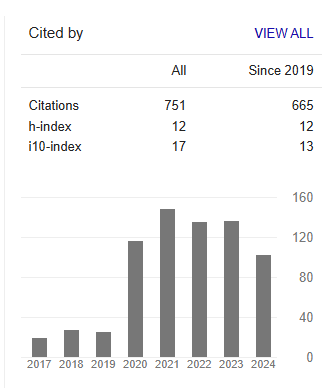Lymphatic Filariasis in Communities of Ardo-Kola Local Government Area, Taraba State, Nigeria
Abstract
Elkanah SO, Elkanah DS, Wahedi JA, Akafyi DE, Madara AA, Kela SL, Samaila AB, Ishuwa MN
Lymphatic filariasis is one of the most important parasitic and neglected diseases in the tropics, that inflicts and underdevelopment especially in sub Saharan Africa. This study was carried out to determine the status of lymphatic filariasis in six rural communities of Ardo-Kola Local Government Area where no epidemiological data exist. Rapid Assessment Method for clinical signs and Standard Parasitological Techniques were used for diagnosis. A total of 464 night blood samples were collected using finger-prick method. Out of the number, 136 (29.31%) were infected with Wuchereria bancrofti. Infection rates among the six communities differed significantly (ANOVA, P<0.05). Chi-square analysis (chi-square, P>0.05) revealed the following: No significant difference in infection between the sexes; significant differences in infection among the different age groups and occupational groups. Pearson correlation analysis showed close association between the presence of W. bancrofti and Itching (r=0.76, P<0.05), ADL (r=0.80, P<0.05), Hydrocoel (r=0.93), Dermititis (r=0.87) and Hernia (r=0.87). However, a weak relationship was observed between the presence of microfilaraemia and elephantiasis of limb (r=0.44, P>0.05) and lymphoedermia of breast (r=0.30, P>0.05). A mean microfilarial density of 2.31mf/60µl was obtained. This finding revealed a very high prevalence of bancroftian filariasis and demands urgent attention on the control of the infection.



